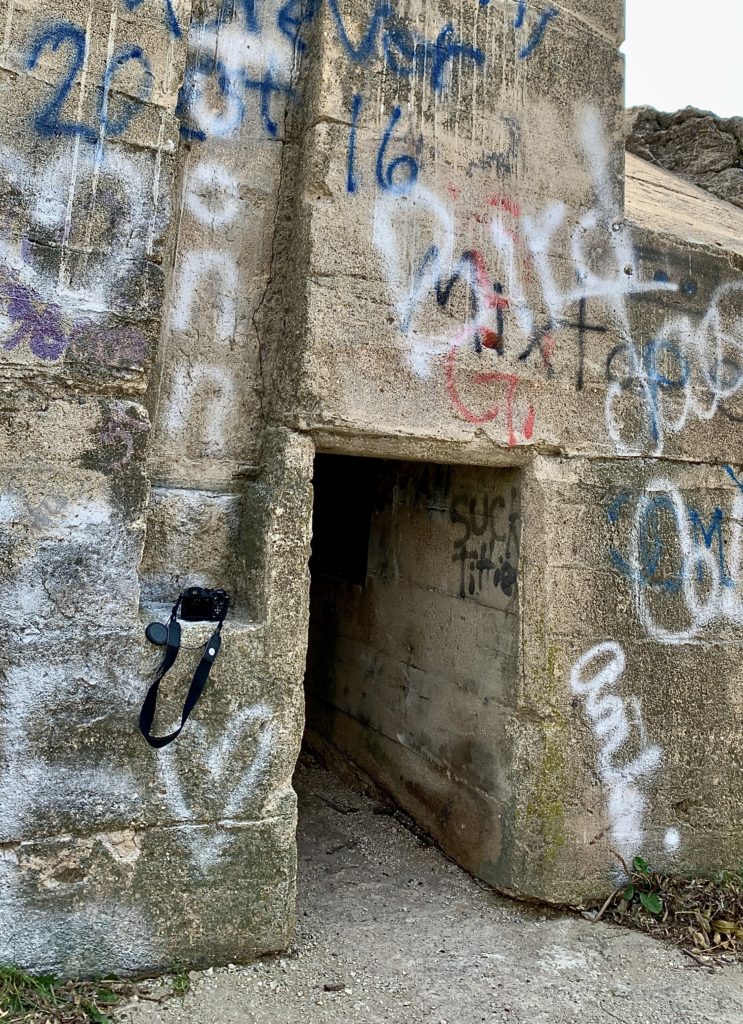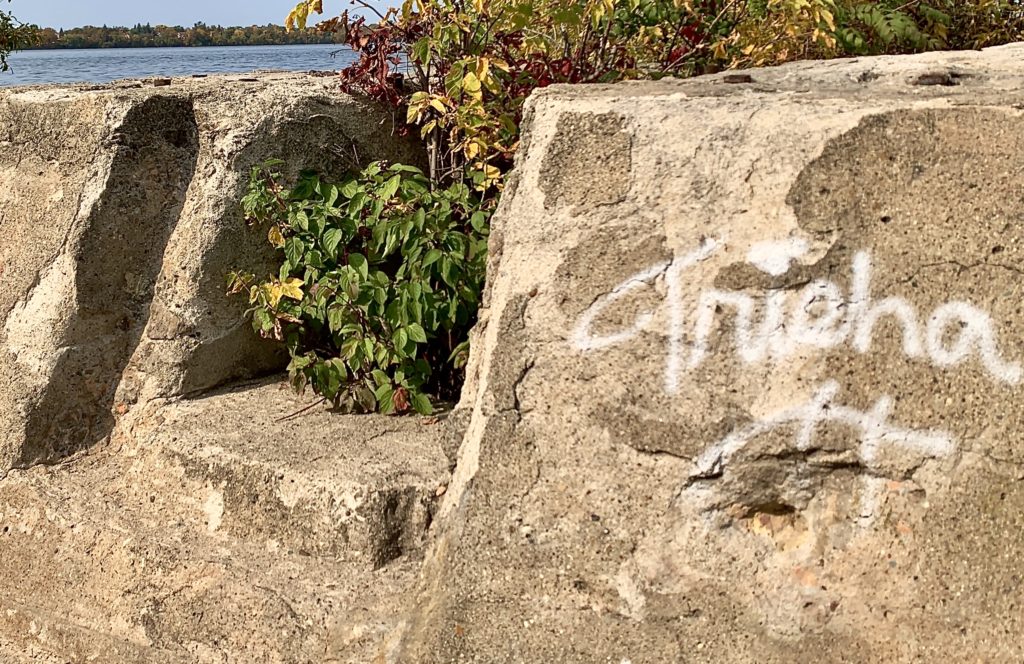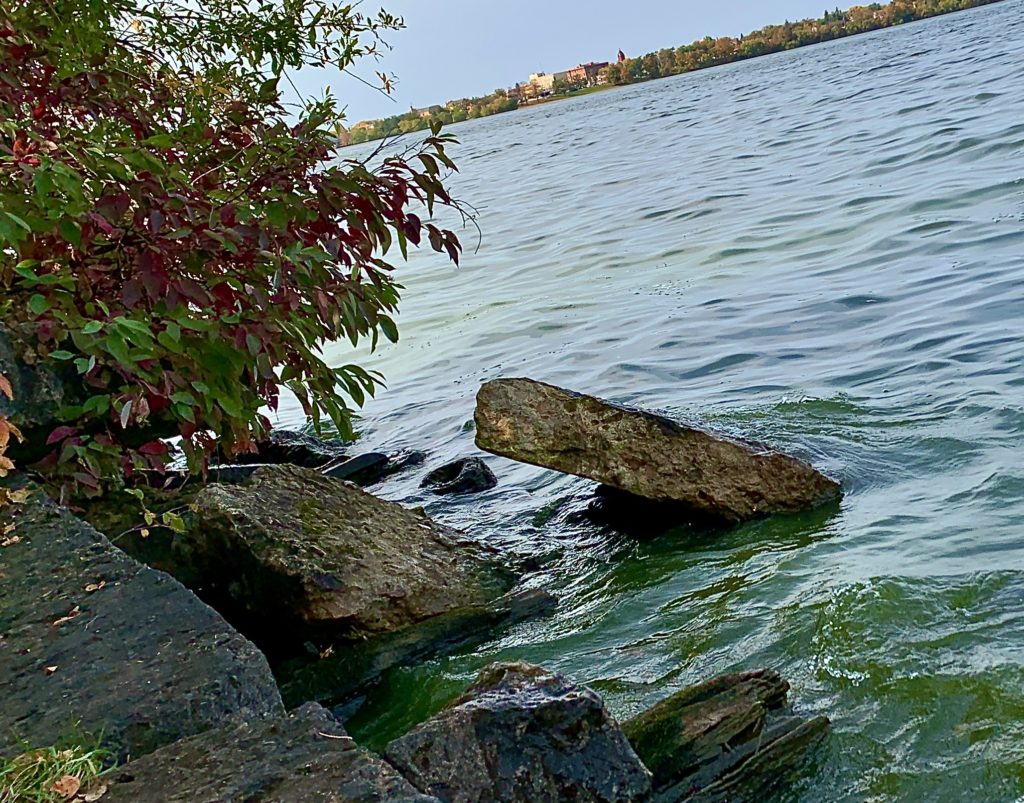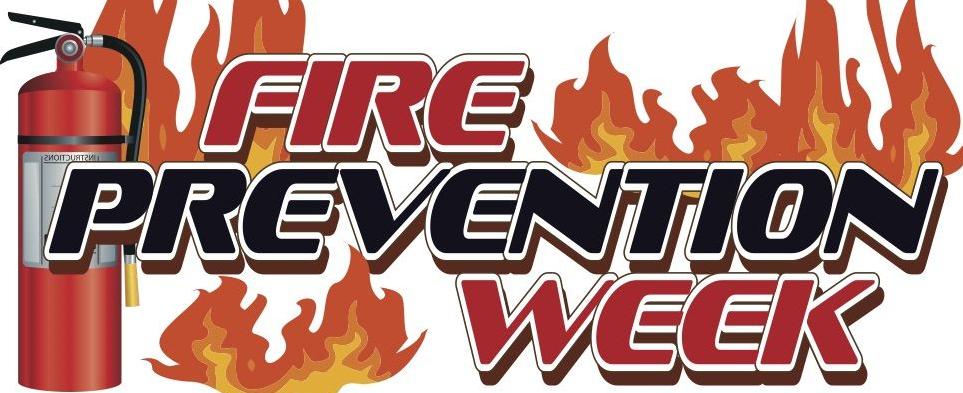Crookston Lumber Company wasn’t actually located in Crookston, Minnesota, but in Bemidji. It was a big company that processed a lot of lumber during the boom in Minnesota during the 1900s. Crookston Sawmill #1 opened up in 1903.
Lumber barons back in the second half of the 1800s poured millions of dollars into lumber claims in northern Minnesota. Can you imagine being able to pour millions of dollars into ANYTHING back during the 1800s?
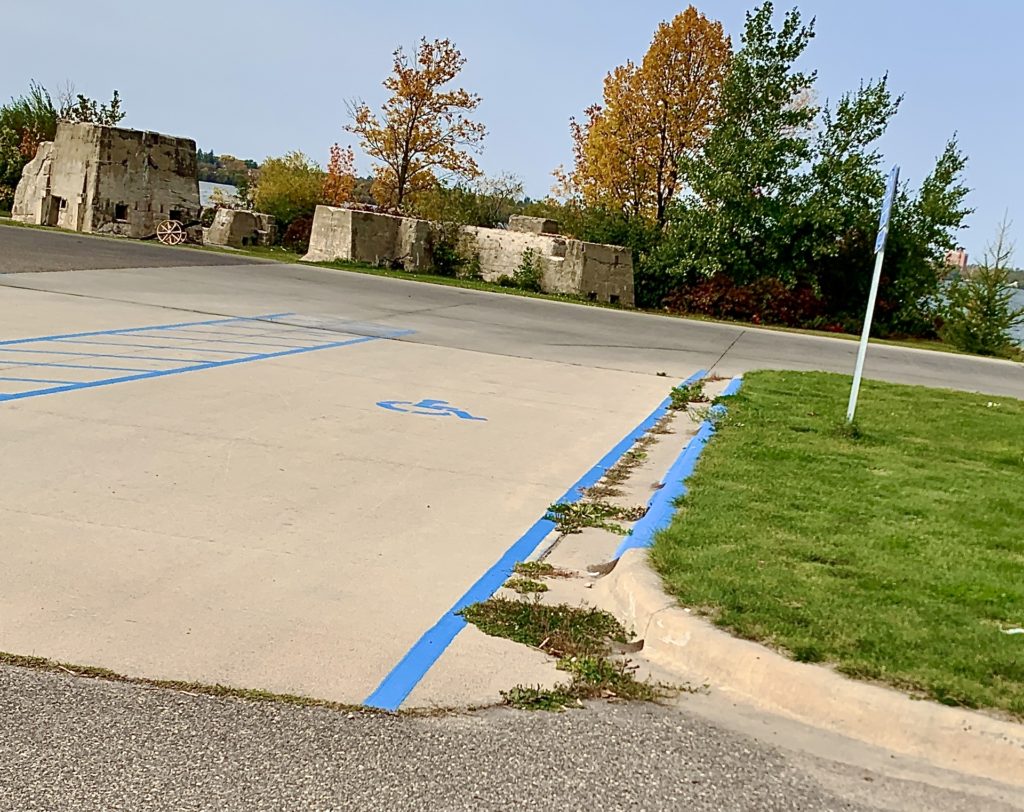
Thomas Shevlin and Frank Hixon purchased several claims and a sawmill from lumber baron Thomas Barlow Walker, calling the operation the Crookston Lumber Company. They opened up 13 logging camps, with each housing as many as 100 lumberjacks.
The year 1903 was when the first sawmill took off. They opened up the lumber mill in a beautiful spot on the south shore of Lake Bemidji. The owners hired 450 mill workers and ran an around the clock operation that is said to have processed 40 million board feet of prime lumber during its first year in existence. Kind of impressive, isn’t it?

Some competition came along in 1905 for the CLC in the form of the Bemidji Lumber Mill. The location sprang up on the southeast side of Lake Bemidji, so we’re taking very close to the CLC. It didn’t take long for CLC to annex the competition, buying the Bemidji Lumber Mill and naming it Crookston Sawmill #2. Went out on a creative limb, didn’t they?
The height of the operation peaked around 1910 as the Crookston Sawmill drew honors as the second-largest sawmill in the nation. However, the good times weren’t going to last much longer.

As the calendar turned to 1914, fortune took away her smile as Sawmill #1 burned right to the ground. The owners would go on to rebuild the structure soon after the incident. A few short years later, Sawmill #2 also burned to the ground, but the owners would choose not to rebuild the facility.
The end was in sight just a decade later when another fire destroyed about 24 million board feet of prime lumber on November 9, 1924. The retail value on the destroyed white pine was $750,000, an insane amount of money in the early 1900s. The truly-unfortunate piece to the story is 2,000 employees immediately found themselves with no jobs.
The end came in October of 1928 when the Crookston Lumber Mill shut down for good. As it turns out, most of the prime lumber in Minnesota had been harvested, so investors moved their operations out to the Pacific Coast.

The city of Bemidji sure made a nice little park out of the remains of a once-grand structure. I only wish we didn’t have people who felt the need to tag a building like that. While I usually admire good street art in the Twin Cities, it just doesn’t belong at a place like this. Plus, the fast-food wrappers and empty cigarette boxes don’t add much to the ambiance.
Nevertheless, I still recommend you go see the place.
